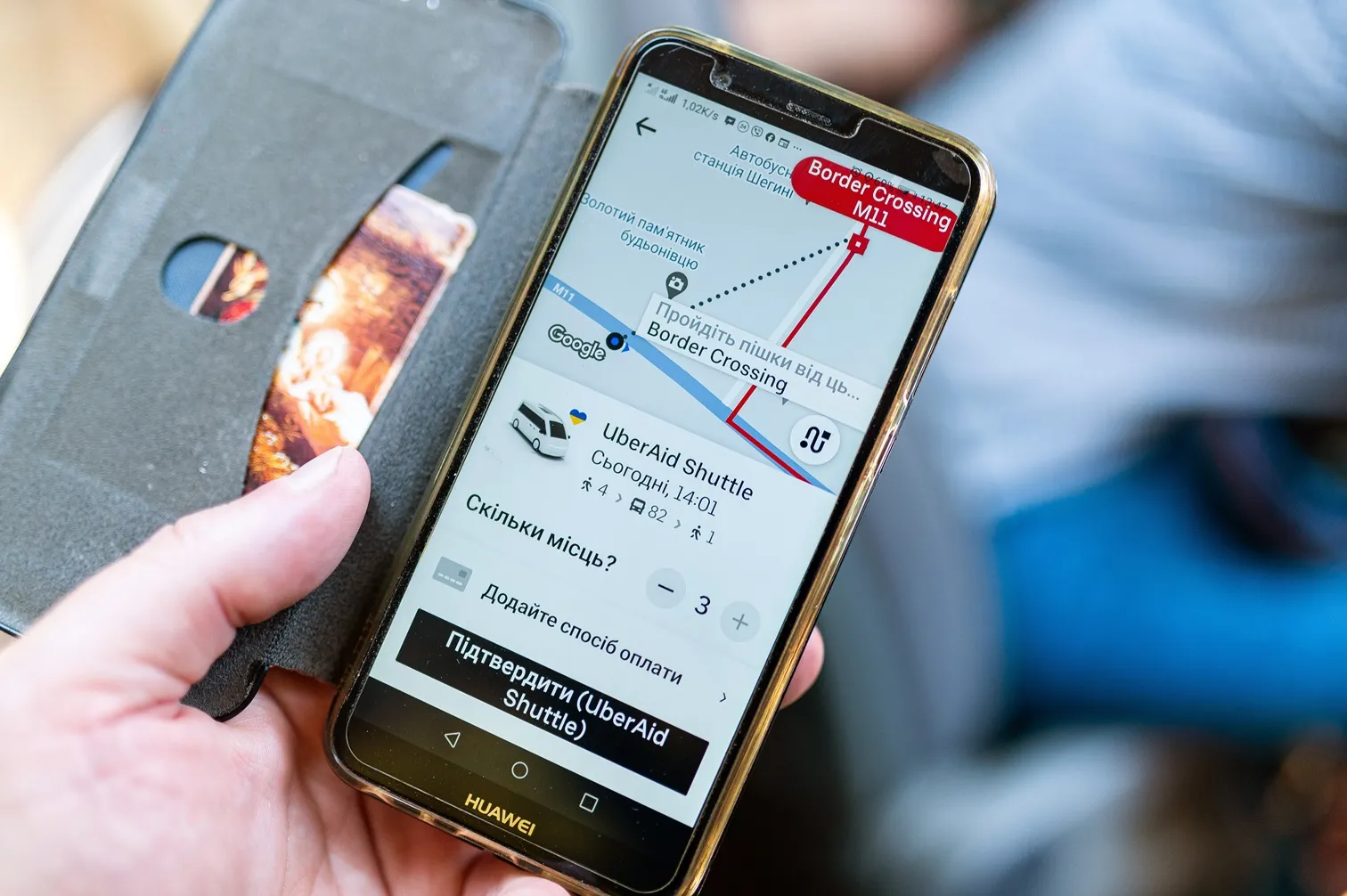
Road management platform provider Causeway One.network has released what it calls a “transit route disruption communications tool” for agencies in the US.
Route Manager provides road authorities and transit operators with a shared view of road construction and workzones. The aim is to prevent disruptions to planned transit routes.
The programme has been in use on UK roads since 2019 and has now been adapted to recognise and accommodate the nuances of traffic management in the United States.
The firm says it delivers clear and detailed information on planned and current construction and workzones.
Route Manager can be the difference between free-flowing traffic and gridlock, said Kieran Holloway, Causeway One.network’s US market leader.
“We know that delivering reliable transit routes to agencies is critical for rider adoption,” he said. “Route manager gives high-level situational awareness to the right people in an intuitive platform. Because it operates throughout the road construction lifecycle, this platform is the perfect planning tool to reduce and prevent transit delays.”
New plans are immediately shared on the platform’s map, the company explains. At the same time, Route Manager delivers a shared, real-time view of the road network allowing transit operators to make real-time adjustments.
“While it’s brand new in the US, the fact that it has been so successful in the UK reduces the new-product risk for American agencies,” said Holloway. “This is a market-ready solution with proven impact.”
Since entering the US market three years ago, Causeway One.network has secured multiple long-term statewide and regional contracts. The company’s Livelink, Plan Share and Traffic Management solutions are in use throughout Florida, Texas and southern Nevada including Las Vegas.









